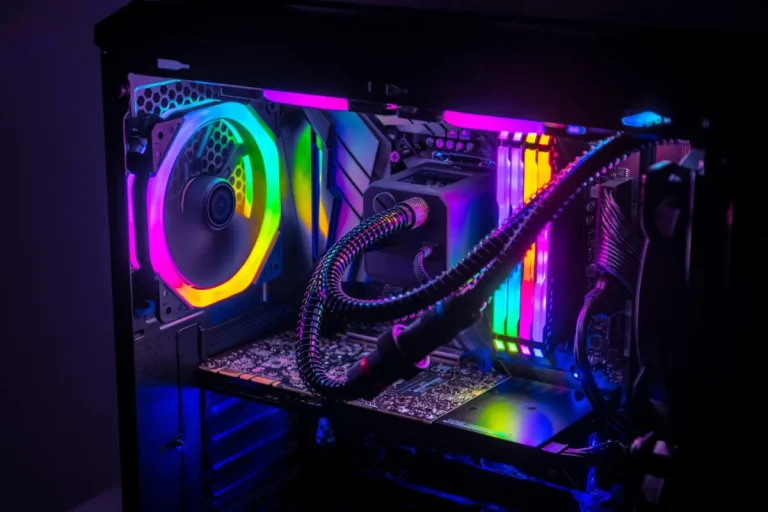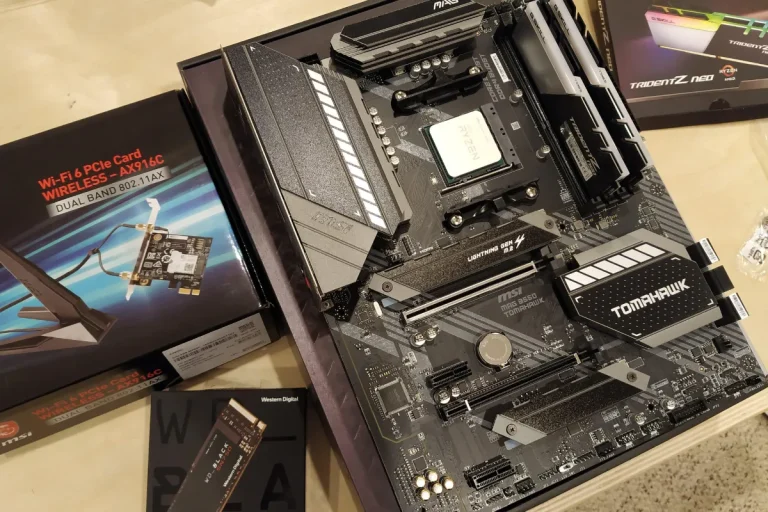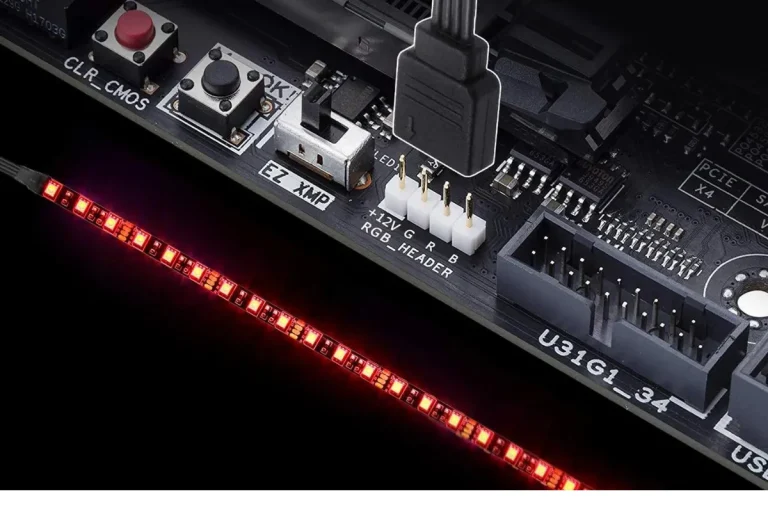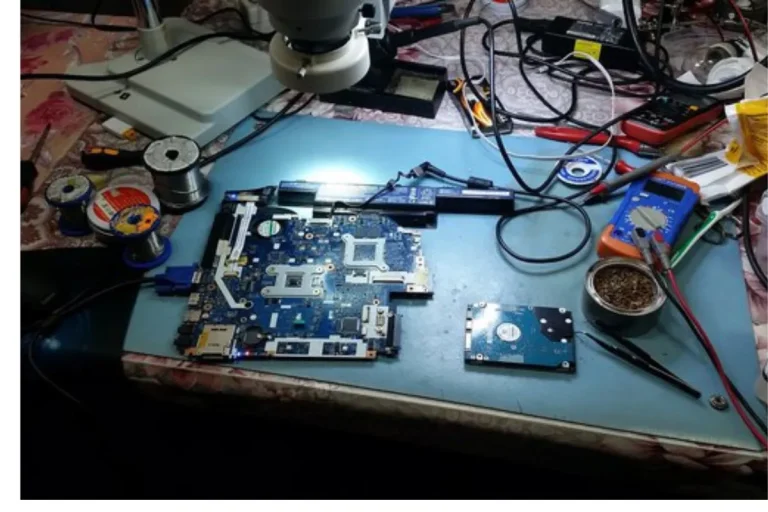What does WiFi in a motherboard mean/do?
Are you curious about what WiFi in a motherboard means and what it can do for you? Well, you’re in the right place! In this article, we’ll uncover the magic behind WiFi integration in motherboards, how it simplifies your life, and the benefits it brings to your digital experience.
WiFi Integration in Motherboards
In recent years, motherboards have undergone a remarkable evolution, embracing the wonders of WiFi technology. This integration has revolutionized the way we connect our devices to the internet.
Evolution of Motherboards and WiFi Functionality
Gone are the days when motherboards were solely responsible for connecting the various components of a computer system. With technological advancements, motherboard manufacturers realized the importance of integrating WiFi functionality into their designs.
This evolution has transformed motherboards into versatile hubs that not only connect internal components but also facilitate wireless connectivity.
WiFi Capabilities Embedded in Modern Motherboards
Modern motherboards now come equipped with built-in WiFi capabilities, eliminating the need for additional wireless adapters or dongles. These motherboards feature specially designed circuitry, antennae, and WiFi chipsets that allow seamless wireless communication.
This integration not only saves space but also simplifies the setup process, making it a breeze for users to establish a wireless connection.
Advantages of WiFi Integration in Motherboards
The advantages of having WiFi directly integrated into a motherboard are plentiful. Firstly, it provides a convenient and clutter-free solution, eliminating the need for external adapters and reducing cable clutter.
Additionally, WiFi-enabled motherboards offer flexibility, allowing users to connect wirelessly from anywhere within their network range. This freedom of movement is particularly valuable for laptops, smartphones, and Internet of Things (IoT) devices.
Benefits of WiFi in a Motherboard
In the era of wireless connectivity, having WiFi directly integrated into a motherboard brings a host of advantages that enhance our digital experience. the convenience, wireless connectivity, and flexibility that WiFi-enabled motherboards offer.
Convenience of Built-in WiFi
One of the biggest perks of having WiFi in a motherboard is the convenience it brings. With built-in WiFi, there’s no need for separate adapters or dongles. Say goodbye to the hassle of dealing with extra cables and devices cluttering your workspace.
Simply connect to your WiFi network right from your motherboard and enjoy seamless internet access.
Wireless Connectivity for Various Devices
WiFi in a motherboard opens up a world of wireless connectivity possibilities. Whether you’re using a laptop, smartphone, or Internet of Things (IoT) devices, you can easily connect and access the Internet without the limitations of wired connections.
This means greater flexibility in device placement and the freedom to move around without being tethered to a physical connection.
Flexibility and Mobility
WiFi-enabled motherboards provide unmatched flexibility and mobility. You can enjoy wireless internet access from anywhere within the range of your WiFi network.
Whether you’re in your home, office, or a public space, as long as you’re within reach of your WiFi signal, you can connect and stay connected. This freedom of movement allows you to work, stream media, or browse the web without being tied down to a specific location.
Technical Aspects of WiFi in Motherboards

When it comes to the technical aspects of WiFi in motherboards, there are several key factors to consider. From WiFi standards to antenna placement and chipset compatibility, the intricacies that make WiFi integration in motherboards possible.
Different WiFi Standards and Their Impact
WiFi standards play a crucial role in determining the speed, range, and compatibility of a WiFi-enabled motherboard. Standards like 802.11ac and the newer 802.11ax (also known as WiFi 6) offer faster data transfer speeds and improved performance compared to older standards.
These advancements ensure a seamless and lag-free internet experience, especially when streaming high-definition videos or engaging in online gaming.
Importance of WiFi Antennas and their Placement
WiFi antennas are essential components of a motherboard’s WiFi functionality. These antennas receive and transmit wireless signals, allowing your device to communicate with the WiFi network.
The placement of these antennas on the motherboard is critical to ensure optimal signal strength and coverage. Motherboard manufacturers strategically position the antennas to minimize interference and maximize wireless range, providing you with a reliable and stable connection.
Significance of WiFi Chipset Compatibility
WiFi chipset compatibility is another crucial aspect to consider. The chipset acts as the brain of the WiFi functionality, enabling communication between the motherboard and the wireless network.
It’s important to ensure that the WiFi chipset on your motherboard is compatible with the operating system you’re using. This compatibility ensures smooth and efficient operation, allowing you to take full advantage of the WiFi capabilities of your motherboard.
Frequently asked questions
1. What emerging technologies are being integrated into WiFi motherboards?
WiFi motherboards are embracing technologies like WiFi 6 (802.11ax), which offers faster speeds and improved performance.
2. Can we expect faster WiFi speeds in future WiFi motherboards?
Yes, future WiFi motherboards are likely to offer faster speeds. With advancements in WiFi standards and technologies, such as WiFi 6E (expanding into the 6 GHz frequency band), users can anticipate even higher data transfer rates.
3. Will the range of WiFi connectivity improve in upcoming WiFi motherboards?
Yes, future WiFi motherboards are expected to improve range. With technologies like beamforming, which focuses WiFi signals towards devices, and the ability to operate in higher frequency bands, WiFi coverage and range can be extended.
4. What security enhancements can we expect in the WiFi motherboards of the future?
Future WiFi motherboards may incorporate advanced security features like WPA3 (Wi-Fi Protected Access 3) encryption, which provides stronger protection against unauthorized access.
5. Are there any developments in reducing WiFi interference in future WiFi motherboards?
Yes, future WiFi motherboards are expected to address WiFi interference issues.
Conclusion
In conclusion, WiFi in a motherboard is like a superpower that allows your computer to connect wirelessly to the internet. It’s the magic behind streaming videos, playing online games, and browsing the web without messy cables. With WiFi, your motherboard becomes a gateway to the digital world, bringing convenience and endless possibilities right to your fingertips.




